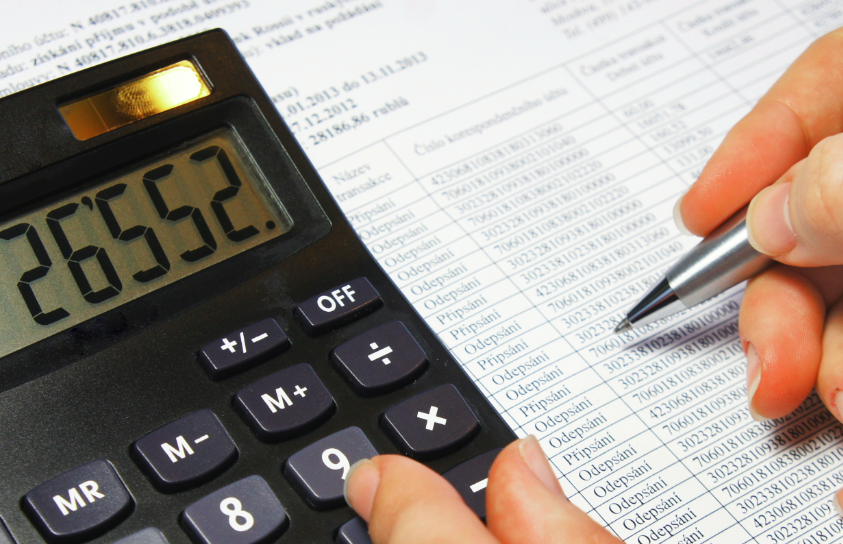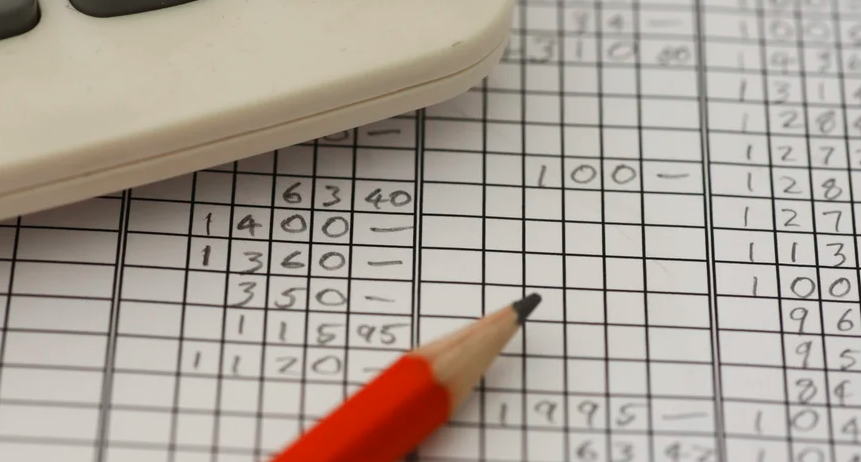If you want to know how your firm will do financially in the future, go no further than the general ledger. However, it could be disastrous for your company if you aren't diligent about updating the general ledger.
The question is, how is the general ledger for your small business doing? Is it in need of some TLC? If that's the case, keep reading to learn more about general ledgers, ledger accounts, and more.
What exactly is a general ledger?

Your bookkeeping system's core should be your company's general ledger. A ledger is a book that helps you organize and analyze your financial dealings.
Debits and credits must be entered into your ledger. A company's ledger's credit and debit entries must always balance. Credits and debits that aren't equal might throw off a company's financial accounts and lead to false results.
In most companies, the ledger is divided up into five primary sections. Sub-ledgers or sub-categories can be used to provide even more granularity regarding commercial dealings.
General ledger entries

In many ways, an account is like a physical filing cabinet. A name is associated with each account. And all relevant transactions must be reported (or recorded) in the appropriate ledgers.
It would be best if you had a chart of accounts to populate your general ledger with the appropriate accounts (COA). The COA provides a framework for classifying the various dealings of your company. In a typical ledger for a small company, you'll find the following types of accounts:
In a business context, assets are anything that helps the company grow. Both physical and immaterial assets exist (non-physical). A company could possess many possible assets: real estate, automobiles, trademarks, and patents.
An organization's liabilities consist of its current financial obligations. Liabilities typically include debts to third parties such as suppliers, customers, employees, and even tax authorities. Mortgages, loans, and unpaid bills all fall under liabilities.
How much of a stake you have in a business is measured by its equity, which is also known as its net assets, net worth, or owner's equity. Equity can be calculated by deducting debt from assets.
Earnings for a given time frame are referred to as revenue. Operating revenue is generated from core business activities like sales. Non-operating revenue refers to money made from sources outside of running the business itself (like renting out a facility).
Expenses are costs involved with business operations. In running a business, you have to pay for many things.
Divisions of the general ledger
Sub-accounts, often known as sub-ledgers, explain the mechanics behind the transactions in your main ledger. Sub-accounts provide a further level of account segmentation for tracking the origin and destination of money. Each main account has its own set of subaccounts.
Creating a general ledger is a useful tool for every firm that recognizes the need for accurate bookkeeping. Profits, expenses, and the value of the company's assets can all be compared in a general ledger to guarantee that the company's financial operations are in harmony with its overall financial health. Understanding general ledgers and how to make your own can aid you in developing a system for recording business transactions that work for you. We'll cover what a general ledger is, why having one is useful, and walk you through the process of making your own, complete with instructions and an example.
When should one use a general ledger template?
A general ledger template is a great way to ensure consistency in your accounting records. A template offers your company a framework for a document that can be easily completed as the business is conducted. As a result, you can better keep track of your finances, review your transaction history, and spot any mistakes. In addition, a general ledger template can be useful for the following reasons.
Applying for a loan means you may have to provide financial documents to the lender. A lender can quickly and easily access the necessary documents thanks to a general ledger.
General ledgers are useful tools to achieve a trial balance and close the books. When all of the monetary amounts of your credits and debits are equal, you will see this reflected in your trial balance, which is a list of the ending balances for each of your general ledger accounts.
To get ready for an audit, having all financial data in one place is best, and a general ledger is perfect for that. If the Internal Review Service audits your company, these records will be simple to find and examine. Having all your financial data in one location makes it ideal for spotting fraudulent activity and other problems.
Financial data can be easily shared with others via general ledgers, which facilitates general communication. It can be disseminated to both internal (with managers and accountants) and external (with consumers and investors) parties.









